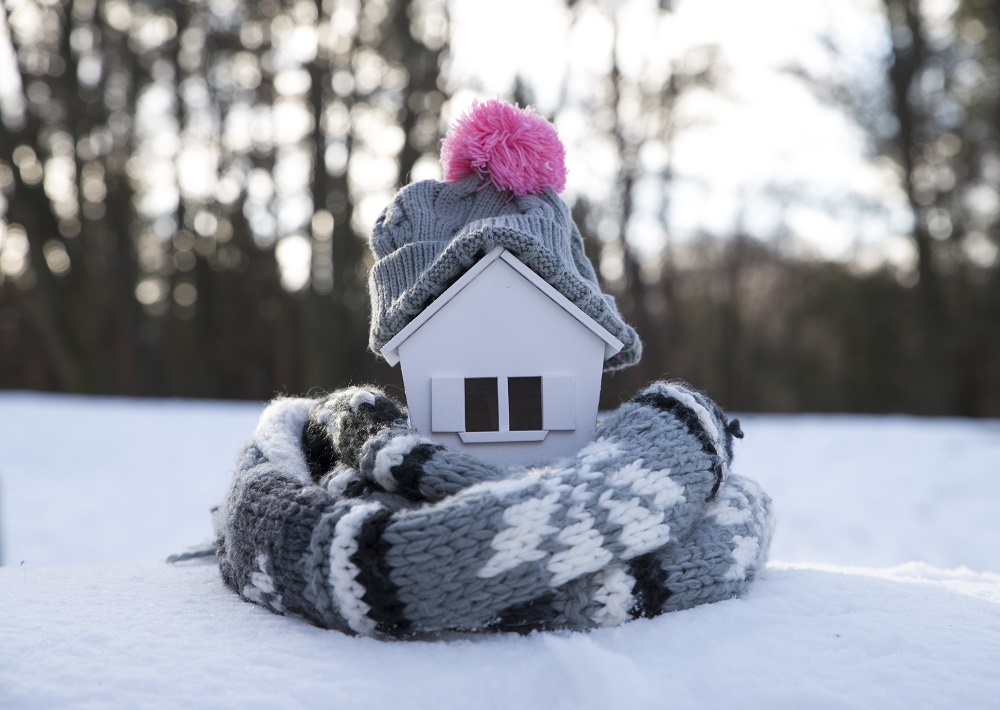Many homes are now built with great insulation, especially in areas where the climate is colder. It’s the best way to keep warm air in and cold air out during those colder months. Older homes, or those built without winter in mind, might need some extra protection, but getting a professional to come in and insulate can be quite expensive and time consuming.
Insulation is a vital component of many homes and often dictates your family’s comfort, safety, and protection. In Kansas, where winters can be frigid, you may reach out to efficient insulation companies if you need an insulation company to improve the comfort of your home. Insulation Kansas City area is numerous, but you have to find one that offers the best professional service and one that has an impeccable reputation in the field.
If you are looking for simpler options that won’t include opening walls or getting into the roof, luckily for you, there are some DIY tricks you can use to insulate your home without breaking the bank.
1. Window coverings
Possibly the easiest and most cost-effective option is to get some good window coverings. Whether you choose black-out blinds, thick heavy curtains, or classic plantation shutters, most window covering will help in keeping cold air out and warm air in. Some shutters come with many adjustable options, so you have control over the amount of light or air you want to let in.
Try and stay away from any coverings that are too light or wispy as they won’t provide much protection. Another option might be to change your coverings by season. You can opt for long thick curtains in winter and sheer coverings in summer. Give your windows double protection by having both curtains and shutters; that way, you can control the climate and the light as you please.
2. Seal windows and doors
Cold air can leak into your home, and warm air can escape through small gaps in your windows, doors, roof, and floors. In fact, an un-insulated home can lose roughly 60% of its energy through walls and the attic. (1)
If insulating your whole home is not feasible, consider closing up and sealing any gaps where air can escape. You can use sealant strips around door and window frames and fill in any holes in your walls or floors with putty or sealer. This is a quick and easy fix to stop a cold draft in its tracks. (1)
Before the winter season, you must conduct an entire home walkthrough, check every nook and cranny, and see if anything needs fixing. Check all windows and doors for any holes or gaps. This way, you’ll be prepared to face the cold, and your heater won’t need to work twice as much and will increase your consumption which can be very costly.
3. Insulate plumbing pipes
If you don’t mind getting your hands a little dirty, one way to ensure you’re not losing heat in your home is to insulate your water pipes. Not only is it relatively inexpensive, but you will also save money on energy costs.
You can use flexible foam or foam-foil pipe insulation to cover your hot water pipes. This can also dampen any sound from your pipes, so you won’t have to deal with any annoying trickling or clanging noises.
Insulating your plumbing is also essential to prevent flooding if the pipes freeze during the winter and burst when the temperature drops.
A little planning and consistent home maintenance won’t give you surprises during crucial seasons like winter and summer. You can do upgrades by yourself, and you may also practice prevention at home by taking care of things like your fixtures and equipment carefully and efficiently, so it doesn’t break down and degrade when needed.
4. Replace screen doors
One area that many forget about when insulating their home is their front door. If you don’t have a storm door, or you have an old wire screen door, you could be leaving your home open to cold winter drafts. To stop the cold from seeping in, you can get your home a glass storm door instead. While you’re probably going to keep your doors closed during winter anyway, storm doors do provide an extra barrier to stop the cold from entering your home.
The best quality storm doors will use what’s called “low emissivity,” or “low-e,” glass or glazing. While most homes in warmer areas might not need that extra protection from the cold, it works both ways: what keeps air out also helps to keep the air in. On those hotter than hot days, the right glass storm door can help keep cool air inside your home and stop the heat from coming in. (2)

5. Consider double glazed windows
While certainly not the cheapest option, as it includes replacing your windows, choosing double-glazed is an investment you’re going to want to make. Much like wrapping up your hot water pipes, double glazed windows will save you money on energy costs and can help to reduce noise transfer from the outside.
How double or even triple glazing works is that the sealed air gap between the glass panes acts as an added layer of insulation. This helps to reduce heat loss in winter and heat gain in summer. If you are looking for some form of insulation that will last and save you money in the long run, this is probably going to be your best option. (3)
Conclusion
Remember, you can insulate your home simply by covering your windows properly or sealing any gaps around your doors, windows, or in your floors. You can opt to pay a little more for extra protection in the form of a storm door, pipe coverings, or even getting double-glazed windows.
Controlling the climate of your home doesn’t have to cost a fortune. If your home needs that little extra help, consider following the tips above to insulate yourself on a budget.
A little planning and consistent home maintenance won’t give you surprises during crucial seasons like winter and summer. You can do upgrades by yourself, and you may also practice prevention at home by taking care of things like your fixtures and equipment carefully and efficiently so it doesn’t break down and degrade just when you need them.
References
- “9 Fun Facts About Insulation,” Source: https://www.oliverheatcool.com/about/blog/news-for-homeowners/9-fun-facts-about-insulation/
- “Doors,” Source: https://www.energy.gov/energysaver/design/windows-doors-and-skylights/doors
- “A Complete Guide to Double Glazed Windows,” Source: https://www.redenergy.com.au/living-energy/smart-homes/a-complete-guide-to-double-glazed-windows






